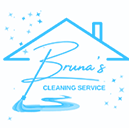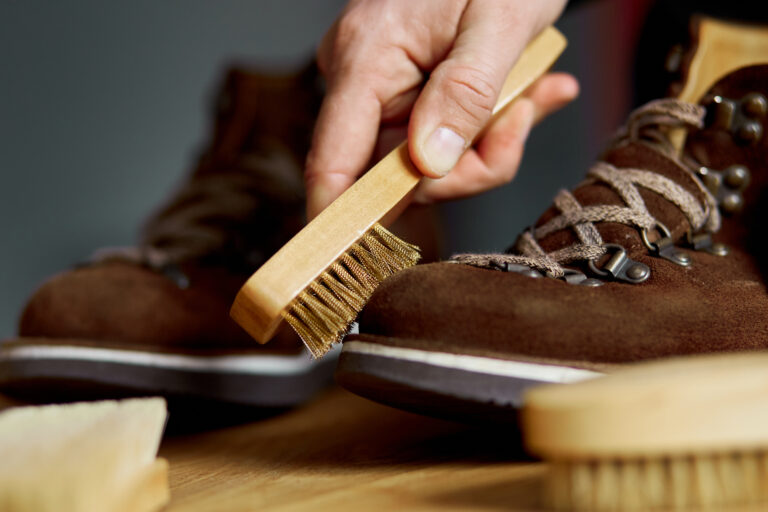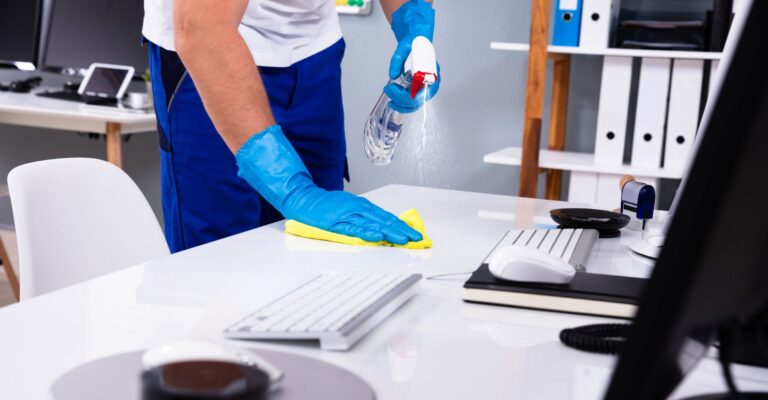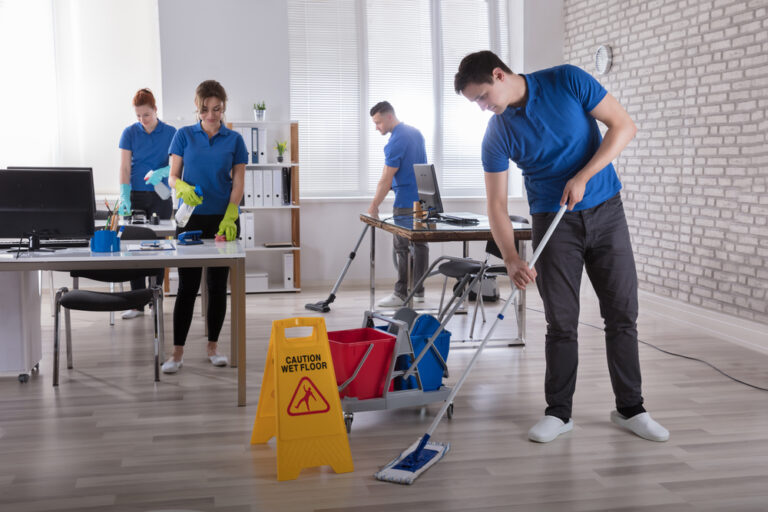The Best Way to Clean Your Iron and Ironing Board: Expert Tips and Tricks

Ironing is an essential household chore that helps keep clothes neat and wrinkle-free. However, over time, your iron and ironing board can accumulate dirt, grime, and even burn marks from constant use. A clean and well-maintained iron ensures that your clothes remain spotless and fresh, while a clean ironing board contributes to a smooth ironing process.
Learning how to clean your iron and ironing board is crucial for maintaining the efficiency and longevity of these appliances. The iron soleplate, the part that comes into direct contact with your clothes, is especially prone to build-up and scorch marks. Proper cleaning techniques will ensure that your iron glides smoothly across the fabric without leaving any stains or residue.
In this article, we will delve into the most effective methods for cleaning both the iron and ironing board, discussing the various techniques and products available to keep them in optimal condition. By taking the time to maintain these appliances, you will be able to achieve consistently impressive ironing results and prolong the life of your ironing equipment.
Cleaning Your Iron’s Soleplate
Ironing and maintaining your clothes in good shape involves keeping your iron clean. The soleplate, the metal base of the iron, can accumulate dirt, mineral deposits, and hard water stains, affecting the iron’s performance. In this section, we will discuss three methods to clean the soleplate: using baking soda paste, applying vinegar solution, and using commercial iron cleaning products.
Using Baking Soda Paste
Baking soda is an excellent homemade iron cleaner that can help remove brown stains and mineral deposits from the soleplate. To create a baking soda paste, follow these steps:
- Mix two tablespoons of baking soda with one tablespoon of distilled water in a small bowl.
- Apply the paste to the soleplate with a clean sponge or cloth, avoiding the steam vents.
- Gently rub the paste in a circular motion to remove the dirt.
- Wipe off the paste with a clean, damp cloth.
Make sure the iron is cool and unplugged before performing the cleaning process.
Applying Vinegar Solution
Distilled white vinegar is another effective way to clean the soleplate, especially if hard water has caused the stains. Here’s how to use vinegar to clean your iron:
- Mix equal parts of distilled white vinegar and distilled water in a bowl.
- Dip a clean, soft cloth into the solution and gently rub it on the soleplate, again avoiding the steam vents.
- Use a cotton swab or pipe cleaner to clean the steam vents if needed.
- Wipe the soleplate with a clean, damp cloth to remove any vinegar residue.
If the stains are particularly stubborn, you can try adding a tablespoon of table salt to the vinegar solution to create a more abrasive mixture.
Commercial Iron Cleaning Products
There are also commercial iron cleaning products available on the market designed specifically for cleaning soleplates. These products usually come in the form of a tube, stick, or liquid:
- Follow the manufacturer’s instructions for using the specific product.
- Apply the product to the soleplate, avoiding the steam vents.
- Gently rub the soleplate with a clean cloth or sponge to clean it.
- Wipe it off with a clean, damp cloth to remove any residue.
Remember to allow the iron to cool down and unplug it before cleaning with any method.
By regularly cleaning your iron’s soleplate, you will ensure better performance, prolong the life of your iron, and keep your clothes looking their best.
Maintaining Your Iron and Ironing Board
Preventing Water Scale and Residue
To prevent water scale and residue buildup in your steam iron, always use distilled water instead of tap water. Tap water contains minerals that can cause scaling in the reservoir. Empty the reservoir after every ironing session to minimize residue accumulation.
Occasionally, clean your iron’s steam vents with a gentle solution of equal parts white vinegar and distilled water. To do this, fill the reservoir with the solution, set the iron on its highest setting, and let it steam for a few minutes. Finally, empty the solution and rinse the reservoir with distilled water.
| Maintenance Task | Frequency |
|---|---|
| Use distilled water | Always |
| Empty reservoir | Every use |
| Clean steam vents | Monthly |
Regular Ironing Board Care
To maintain your ironing board, regularly clean the cover and the board itself. Remove the cover, if it’s removable, and wash on a gentle cycle with mild detergent. For a non-removable cover, gently rub it with a damp cloth and a mild detergent. Rinse the cover thoroughly with a clean, damp cloth.
For the board, use a magic eraser or an old toothbrush to scrub any lint, fibers, or residue buildup. Wipe the board with a damp cloth afterward.
- Wash removable cover on a gentle cycle
- Clean non-removable cover with a damp cloth and mild detergent
- Scrub board with a magic eraser or old toothbrush
Dealing With Stubborn Stains and Melts
Tackle stubborn stains and melts on your iron’s soleplate with these removal techniques:
- Scorch marks: Mix equal parts white vinegar and salt, then apply the solution to a cool iron with a damp cloth. Rinse with a clean cloth.
- Plastic melts: Unplug the iron and let it cool slightly, then gently scrape off the melted plastic with a blunt plastic knife or wooden spatula. Avoid using metal tools.
- Sticky residue: Apply acetone nail polish remover to a cotton swab and carefully clean the residue off the cool iron. For a non-chemical solution, you may also use a paste of baking soda and water.
To treat stubborn stains on your ironing board cover, use these removal methods:
- Stains: Apply a small amount of toothpaste to an old toothbrush and gently scrub the stain. Rinse well with a damp cloth.
- Wax or gum: Freeze the wax or gum with ice cubes in a plastic bag. Once frozen, remove the bag and gently scrape off the hardened substance with a blunt plastic knife.
By following these maintenance tips, you can keep your iron and ironing board in top condition for efficient and hassle-free ironing sessions.







